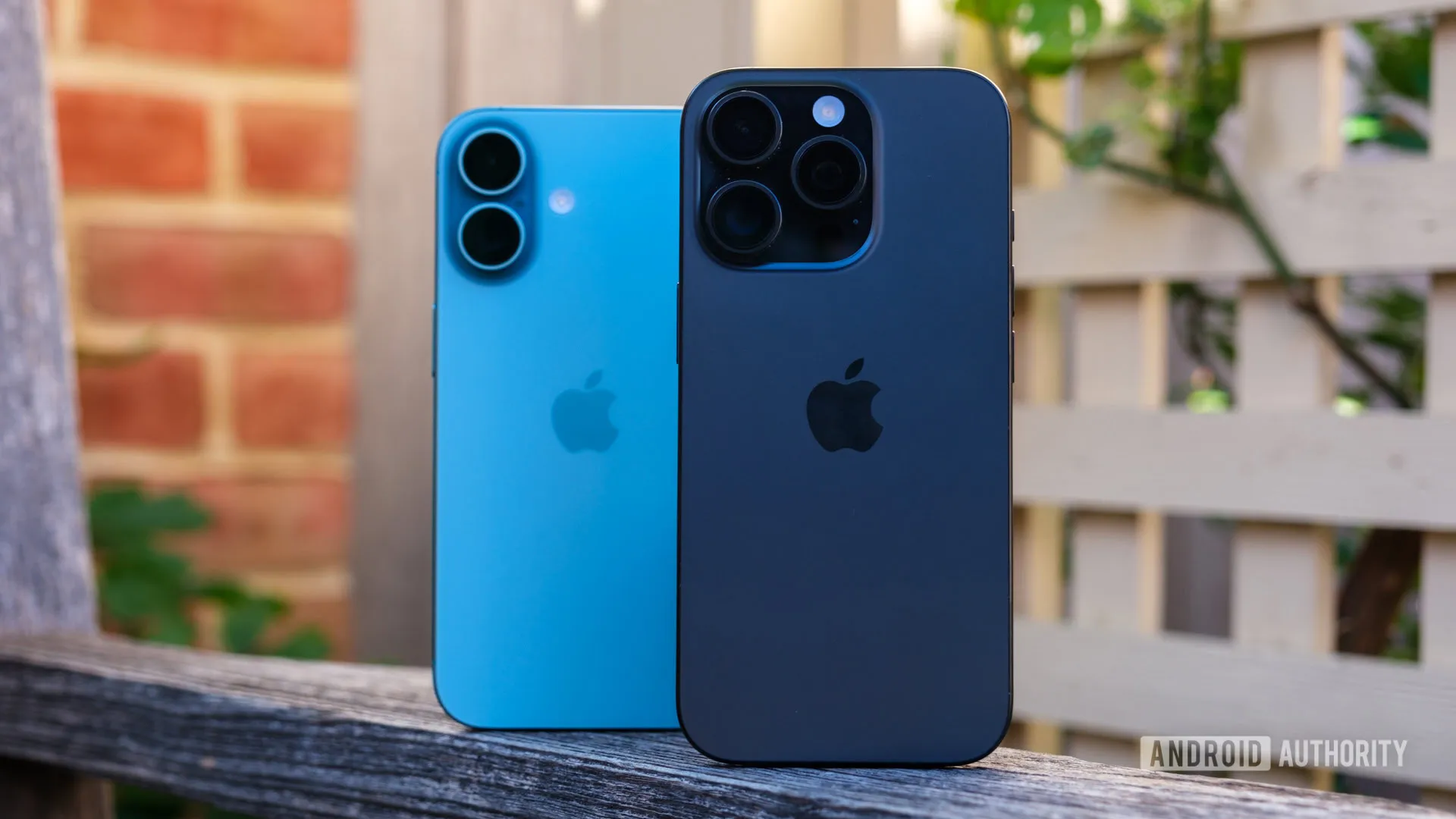Exploring USB-C Connectivity: Android vs. iPhone

USB-C Connectivity: The Battle of Android and iPhone
USB-C has revolutionized the way we connect our devices, with Android leading the charge. While iPhones have yet to fully embrace this universal standard, many Android manufacturers have adopted USB-C for its versatility. This article discusses the importance of USB-C support across different Android devices, highlighting the differences in user experiences between Android and iPhone.
Why Android Excels in USB-C Adoption
- Wide Manufacturer Support: Most Android phones now feature USB-C as a default.
- Varying Quality: Some implementations are better than others, depending on the brand.
- Faster Data Transfer: USB-C enables quicker charging and data speeds.
iPhone's Missed Opportunities
- Limited Compatibility: iPhones still use Lightning, limiting accessory options.
- Resistance to Change: Apple's reluctance to shift to USB-C can frustrate loyal users.
The adoption of USB-C is critical for ensuring a seamless user experience in our increasingly interconnected world.
This article was prepared using information from open sources in accordance with the principles of Ethical Policy. The editorial team is not responsible for absolute accuracy, as it relies on data from the sources referenced.